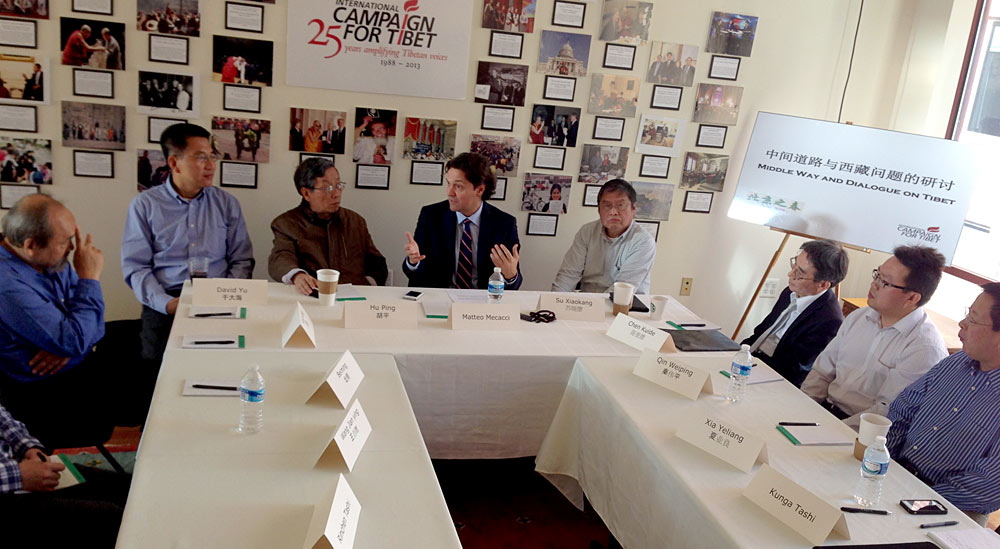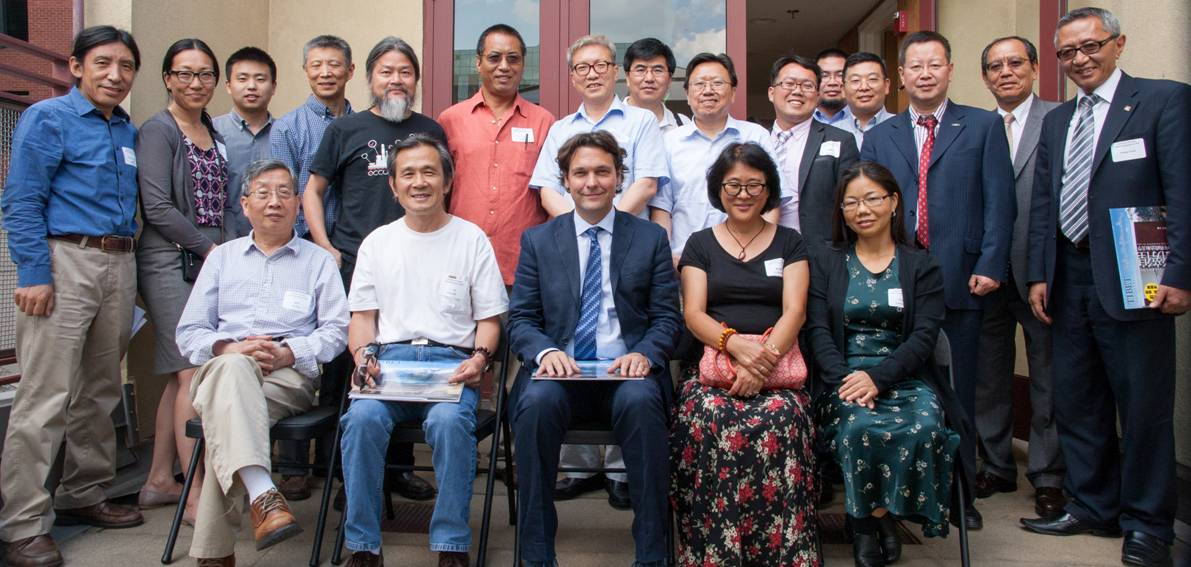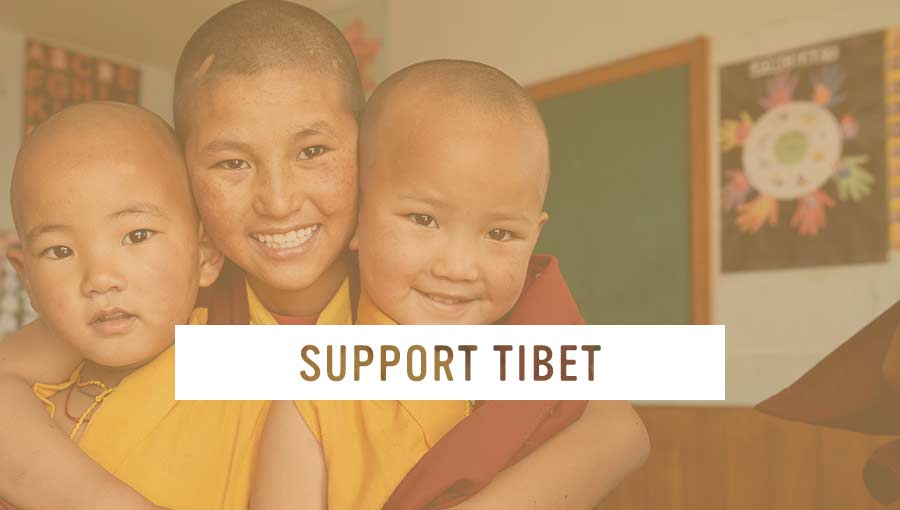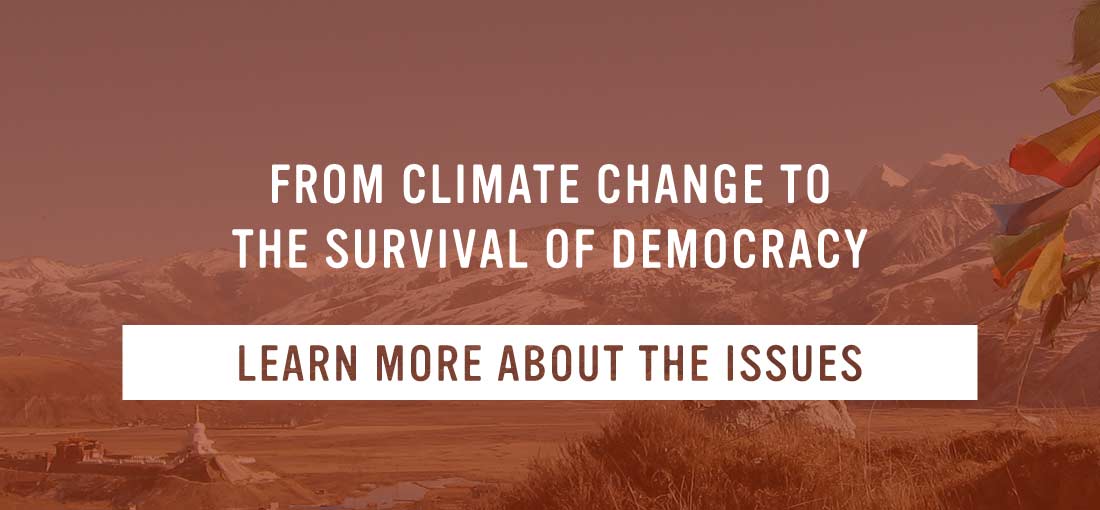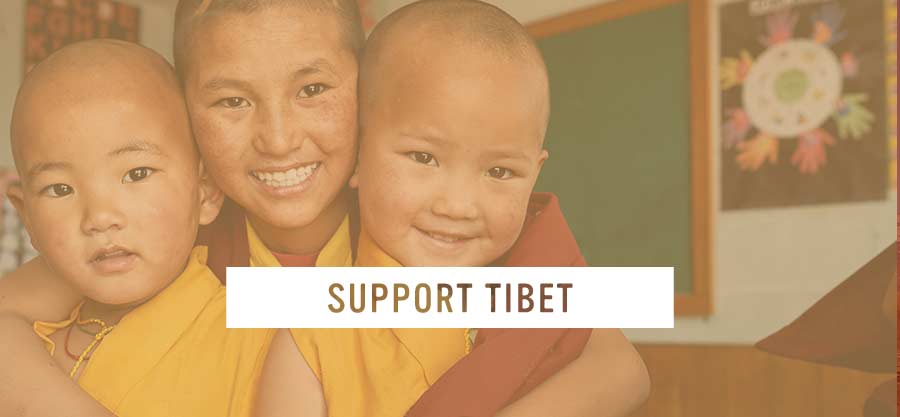THE MIDDLE WAY
The Middle Way is the Dalai Lama’s and the Tibetan people’s vision for Tibet’s future.
It’s also a blueprint for peace that can inspire people in conflict zones throughout the world.

Historically, Tibet was an independent country, and legally, it has the right to be free. Nevertheless, China continues to claim Tibet as its own and rules over it with an iron fist, denying fundamental rights to the Tibetan people. The Middle Way Approach is a middle ground between those opposing positions.
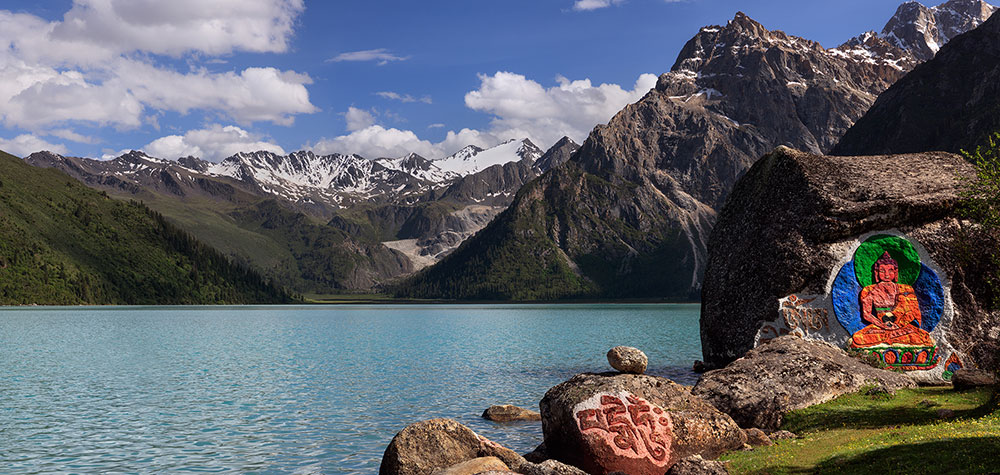
Under the Middle Way, Tibet would remain part of the People’s Republic of China, but Tibetans would have meaningful autonomy. This approach is consistent with China’s constitution—which allows for autonomy in ethnic minority regions—and has been endorsed by the US government.
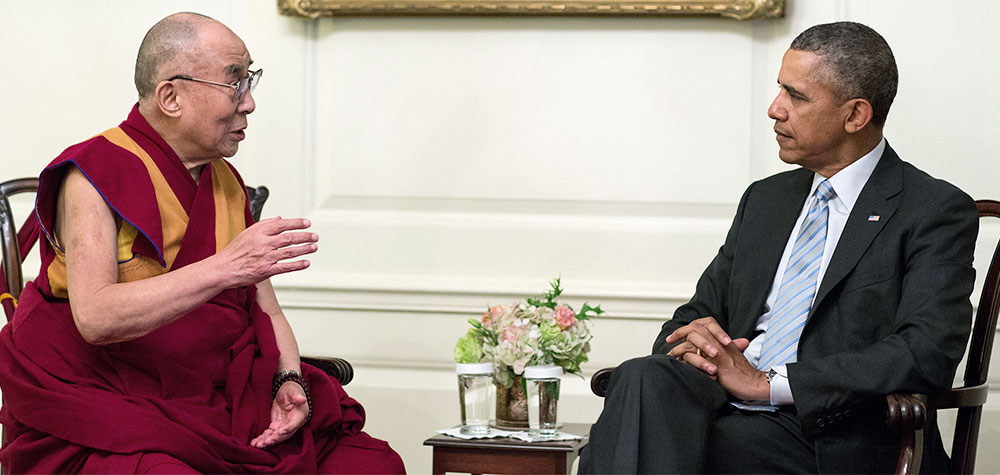
If the Middle Way is implemented, China would oversee Tibet’s defense and foreign affairs, but the people of Tibet would manage their own affairs, including in religion, culture, education, economy and environment.
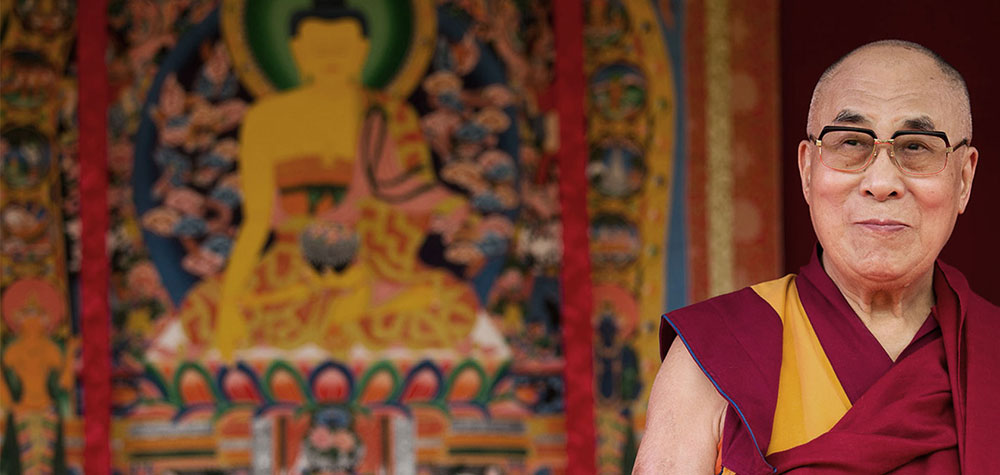
Formulated by the Dalai Lama, the Middle Way was influenced by the Tibetan Buddhist concepts of interdependence and nonviolence.
The Middle Way would respect the fundamental rights of the Tibetan people, bring peace and security to China, and provide hope and inspiration to areas of conflict around the globe.
Help the Tibetans save their environment for the sake of the whole world.
![]()
The Middle Way is the Dalai Lama’s and the Tibetan people’s vision for Tibet’s future.
It’s also a blueprint for peace that can inspire people in conflict zones throughout the world.
Historically, Tibet was an independent country, and legally, it has the right to be free. Nevertheless, China continues to claim Tibet as its own and rules over it with an iron fist, denying fundamental rights to the Tibetan people. The Middle Way Approach is a middle ground between those opposing positions.
Under the Middle Way, Tibet would remain part of the People’s Republic of China, but Tibetans would have meaningful autonomy. This approach is consistent with China’s constitution—which allows for autonomy in ethnic minority regions—and has been endorsed by the US government.
If the Middle Way is implemented, China would oversee Tibet’s defense and foreign affairs, but the people of Tibet would manage their own affairs, including in religion, culture, education, economy and environment.
Formulated by the Dalai Lama, the Middle Way was influenced by the Tibetan Buddhist concepts of interdependence and nonviolence.
The Middle Way would respect the fundamental rights of the Tibetan people, bring peace and security to China, and provide hope and inspiration to areas of conflict around the globe.
![]()






